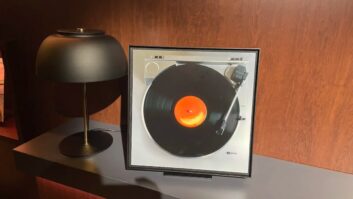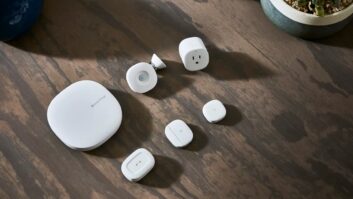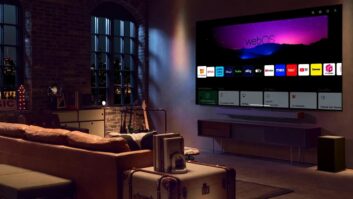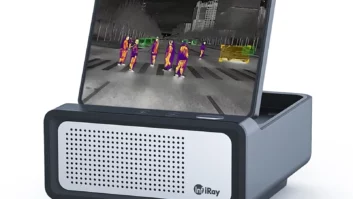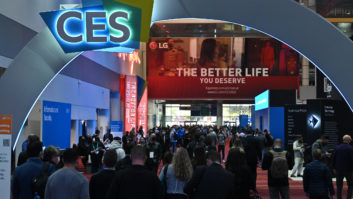Hughes Telematics wants to do for the car what the iTunes App Store did for the iPhone.
The company plans to deliver media-on-demand — including satellite radio, as needed, or just for the week of your road trip, for example.
In total, Hughes Telematics will allow car makers to pick and choose among 83 features for automobiles ranging from Internet radio to remote diagnostics.
Hughes will launch its service later this year in a scaled down, On Star-like version that offers navigation, safety and some convenience features in Chrysler and Mercedes Benz vehicles. The more advanced features would follow at the earliest in 2011.
This “will definitely change the way we drive,” said. Kevin Link, VP of Hughes Telematics.
The service starts with black boxes that will be installed in all Chrysler vehicles in a rollout beginning later this year. Hughes is taking over telematics delivery for Mercedes Benz, and so it will work with the company’s existing hardware and then roll out its own black boxes to new vehicles next year. All Chrysler and Mercedes models will eventually include the devices and Hughes is in talks with other car makers.
Hughes allows car makers to install only one black box in all its cars. Then car makers can activate certain features for economy models and others for luxury cars. The boxes can be updated over the air, and so the car makers no longer need worry about upgrading radios or black boxes. This will effectively wipe out the OEM’s chief disadvantage in electronics, which is the three-year delay it takes in time-to-market to embed new electronics in a vehicle, said Link.
The Hughes service will work over Bluetooth, Wi-Fi, cellular radio, satellite and, eventually, WiMAX, switching seamlessly between them as needed, said Link.
The boxes contain a powerful voice-recognition engine and text-to-speech engine. So in 2011 at the earliest, Internet radio users can ask, in casual language, to hear whatever song they wish. Users can also ask for news, sports, stocks, weather, traffic and other updates. They will be able to ask in natural language news-derived questions such as if the Knicks won last night.
Users can listen hands-free to their text messages and reply verbally. The system will convert the reply to text and send a return message. “You hit a button on the steering wheel; say “read me my email … The system will see you have four emails,” said Link.
Another advanced feature involves cameras on those vehicles equipped with blind-spot detection or parking assistance. These cameras can be activated by Hughes to take a photo if the security system is triggered by a break in, perhaps capturing an image of the thief.
The service can also monitor a car’s functions as it is driven and alert the driver if emissions limits are exceeded. The device sits on the CAN bus of the car and “listens” into all the messages on the car’s system.
Eventually, the Hughes system might eliminate car recalls that involve software updates, as the car maker could simply send an over-the-air update, said Link.
Hughes also hopes to “better integrate” with satellite radio and put the chipset in its boxes. Then users might purchase satellite radio only on long trips, or they could purchase back seat video for the kids.
Hughes is not yet announcing the fee structure for the system but expects there will be many packages such as family packages or premium versions.
The service could charge monthly fees, or its price could be included in the price of a car, Link said.
General Motor’s OnStar said it does not have plans at this time to move into infotainment. “Right now we’re focusing on core safety and security,” said a spokesman, noting that in over 13 years OnStar has had more than 200 million interactions.




